Technological Advancements
Technological advancements are significantly influencing The Global Public Transport Industry. Innovations such as real-time tracking, mobile ticketing, and contactless payment systems are enhancing the overall user experience. The adoption of smart technologies is enabling transport operators to optimize routes, reduce operational costs, and improve service reliability. For example, the implementation of Internet of Things (IoT) devices in public transport vehicles allows for better monitoring and management of fleets. Additionally, data analytics is being utilized to understand commuter patterns and preferences, leading to more tailored services. The global market for smart transportation is expected to reach USD 220 billion by 2025, indicating a robust growth trajectory. As technology continues to evolve, it is likely to drive further innovations in public transport, making it more efficient and user-friendly.
Changing Consumer Preferences
Changing consumer preferences are reshaping The Global Public Transport Industry. As urban populations become more environmentally conscious, there is a noticeable shift towards public transport over private vehicle ownership. Many individuals are prioritizing convenience, cost-effectiveness, and sustainability when choosing their mode of transport. Recent surveys indicate that a significant percentage of commuters prefer public transport due to its affordability and reduced environmental impact. Additionally, the rise of shared mobility services, such as ride-sharing and bike-sharing, complements traditional public transport systems, offering more flexible options for consumers. This trend suggests that public transport operators may need to adapt their services to meet evolving consumer demands. By enhancing service quality and integrating with shared mobility solutions, public transport can remain competitive and relevant in an ever-changing market.
Government Initiatives and Funding
Government initiatives and funding play a crucial role in shaping The Global Public Transport Industry. Many governments are recognizing the importance of sustainable transport solutions and are allocating substantial budgets to improve public transport infrastructure. For instance, investments in rail systems, bus rapid transit, and electric vehicle fleets are becoming commonplace. In recent years, several countries have announced multi-billion dollar funding packages aimed at modernizing public transport networks. These initiatives not only enhance service quality but also promote economic growth by creating jobs and stimulating local economies. Furthermore, public-private partnerships are emerging as a viable strategy to leverage additional resources and expertise, thereby accelerating the development of efficient public transport systems. This trend indicates a strong commitment from governments to prioritize public transport as a key component of urban planning.
Urbanization and Population Growth
The rapid urbanization and population growth are pivotal drivers in The Global Public Transport Industry. As more individuals migrate to urban areas, the demand for efficient public transport systems escalates. According to recent data, urban areas are projected to house approximately 68% of the global population by 2050. This demographic shift necessitates the expansion and enhancement of public transport networks to accommodate the increasing number of commuters. Cities are investing in infrastructure to support mass transit systems, which not only alleviates traffic congestion but also reduces environmental impact. The integration of various transport modes, such as buses, trams, and subways, is becoming essential to create a seamless travel experience. Consequently, urbanization is likely to drive innovations and investments in the public transport sector.
Environmental Concerns and Sustainability
Environmental concerns and sustainability are increasingly becoming central themes in The Global Public Transport Industry. With growing awareness of climate change and pollution, there is a pressing need for cleaner transport solutions. Many cities are transitioning to electric and hybrid buses, which significantly reduce greenhouse gas emissions compared to traditional diesel vehicles. According to recent studies, public transport can reduce per capita carbon emissions by up to 45%. This shift towards sustainable transport not only addresses environmental issues but also aligns with global sustainability goals. Furthermore, the integration of renewable energy sources into public transport systems is gaining traction, enhancing energy efficiency. As cities strive to meet sustainability targets, investments in green public transport solutions are likely to increase, shaping the future landscape of the industry.
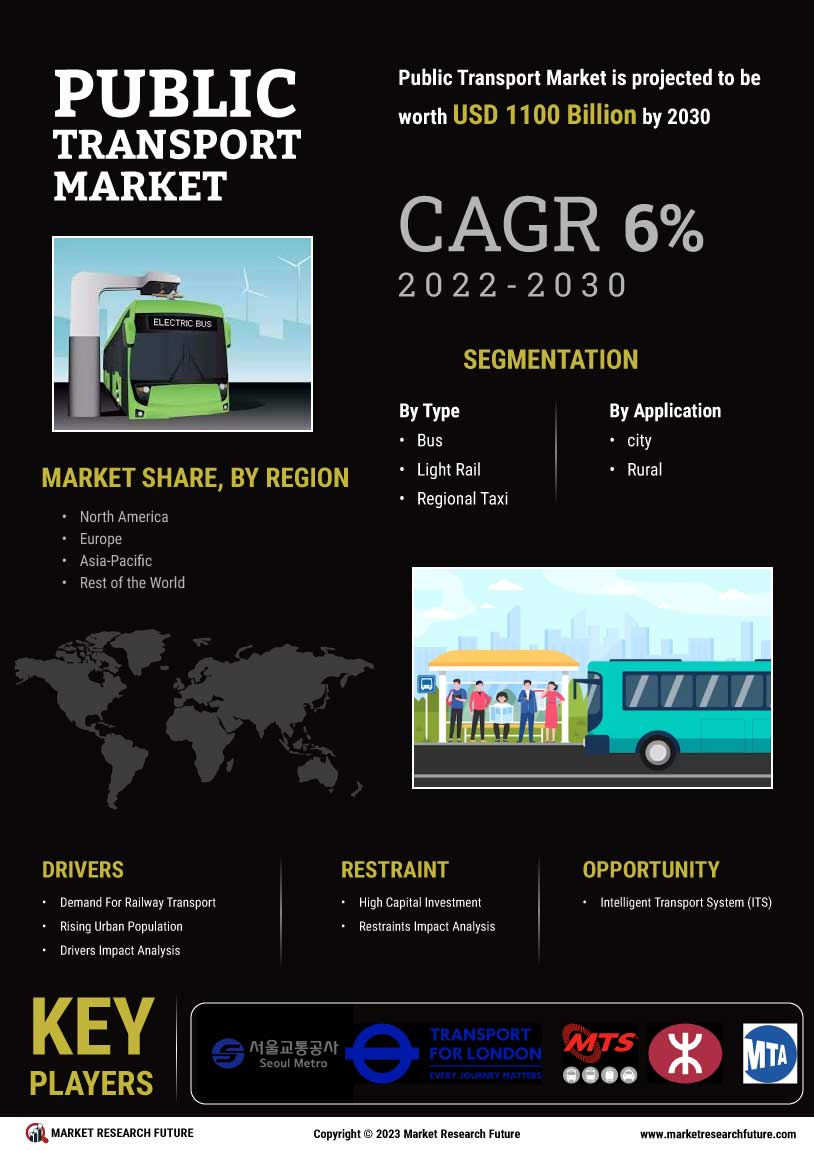

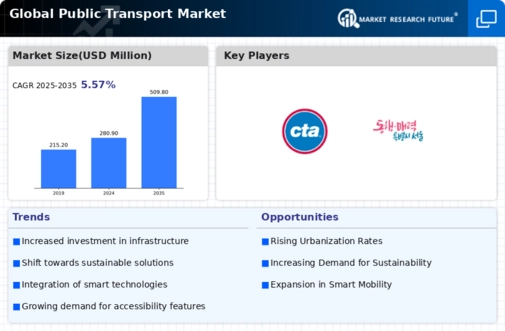
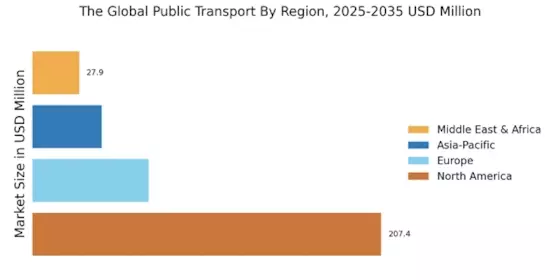




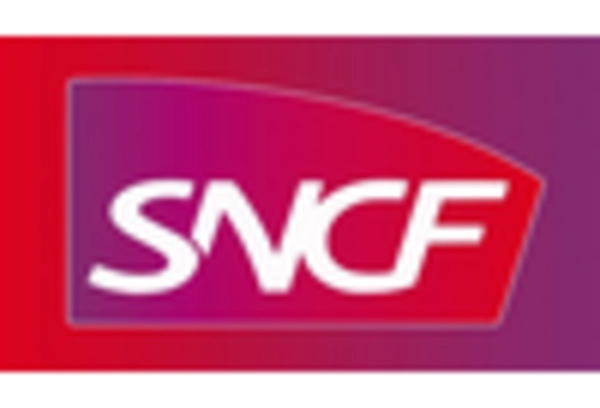
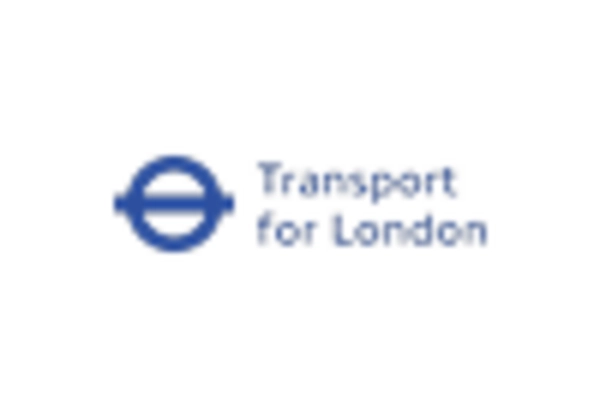








Leave a Comment